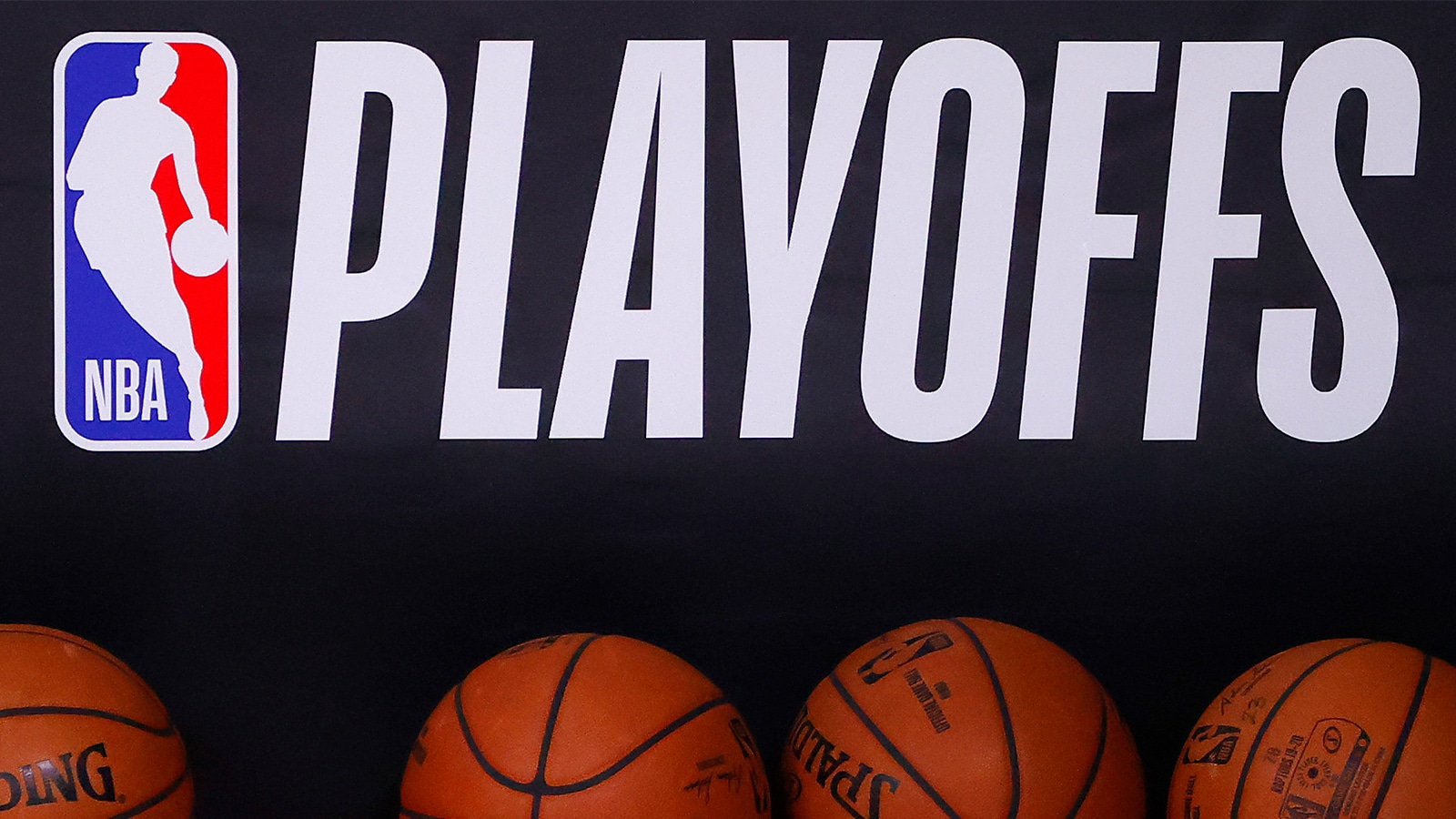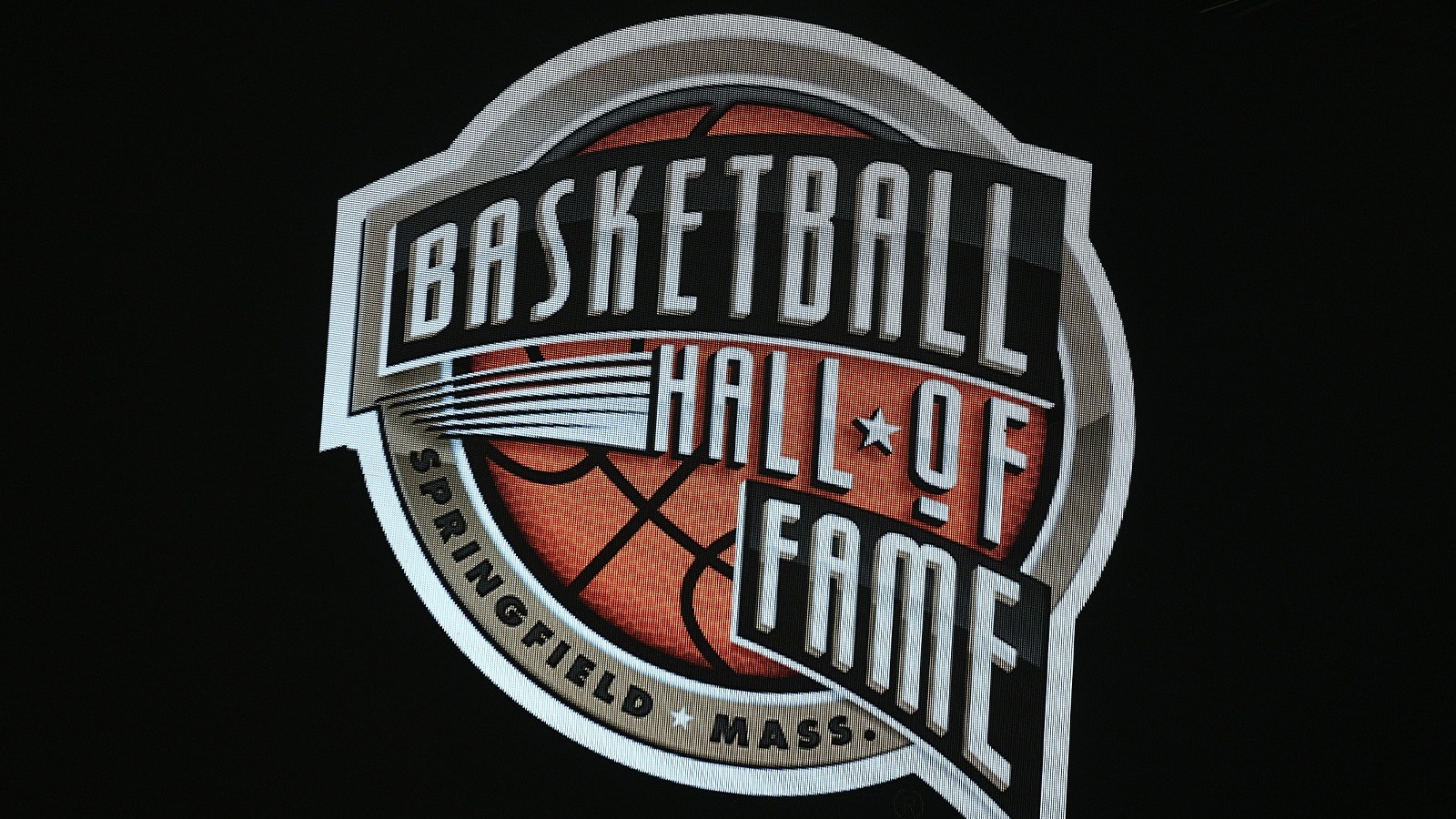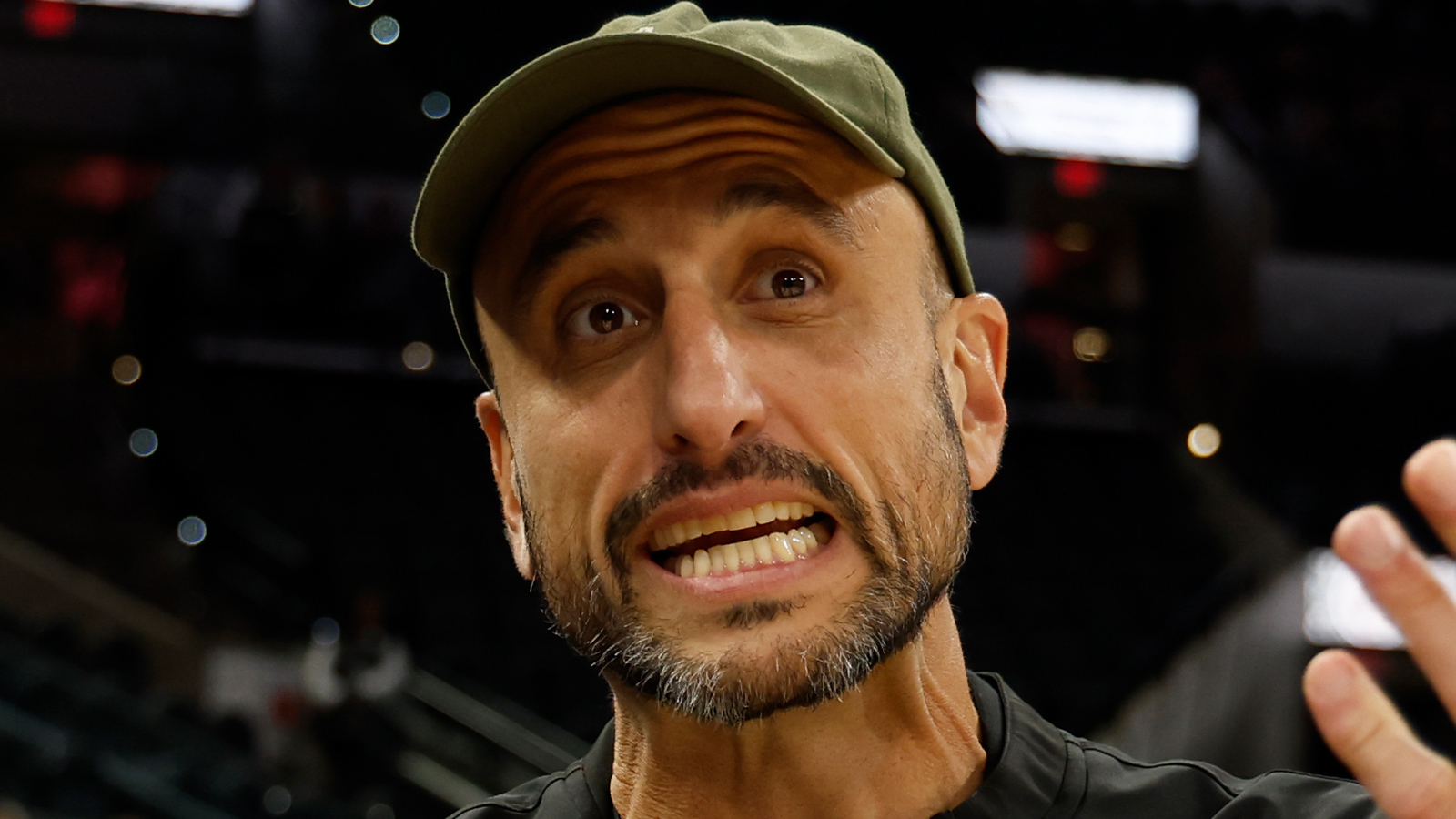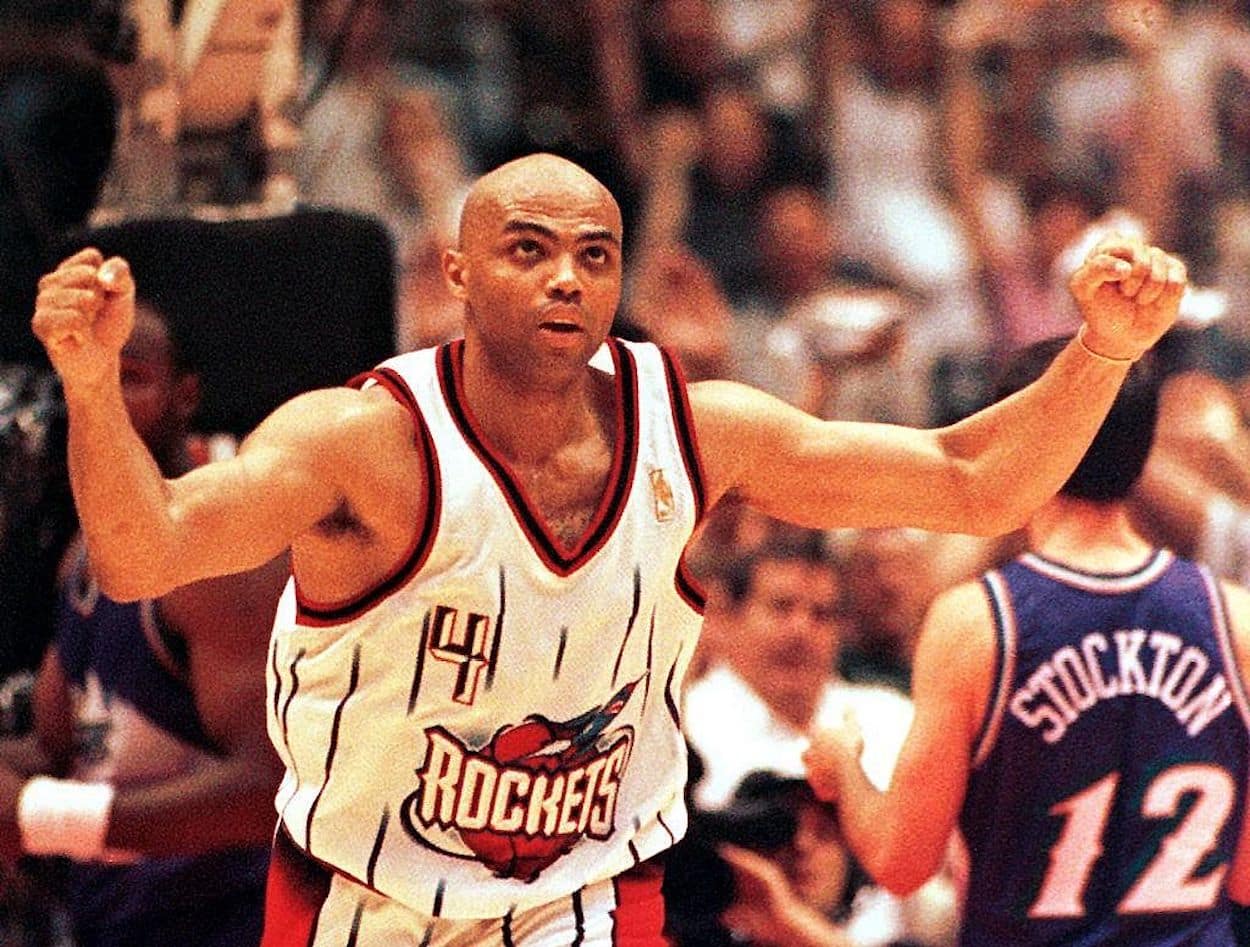
Charles Barkley Became a Legendary Rebounder but Didn’t Believe In Boxing Out
While he never did win that elusive championship ring, Charles Barkley proved to be more than a capable player. Despite his lack of height — the forward clocked in at 6-foot-6 — Chuck still proved to be a menace on the boards. He would bully his way into the paint, rip down a rebound, and start a fast break or convert a three-point play, depending on the end of the floor.
Based on that reality, you’d probably think that Sir Charles studied the art of boxing out and perfected the practice of using his body to keep his opponents away from the ball, right? Think again.
During a 1986 Sports Illustrated story, Barkley did something that purists would find unthinkable: He admitted that he didn’t believe in boxing out.
Charles Barkley pulled down more than 12,000 boards but ignored a fundamental part of rebounding
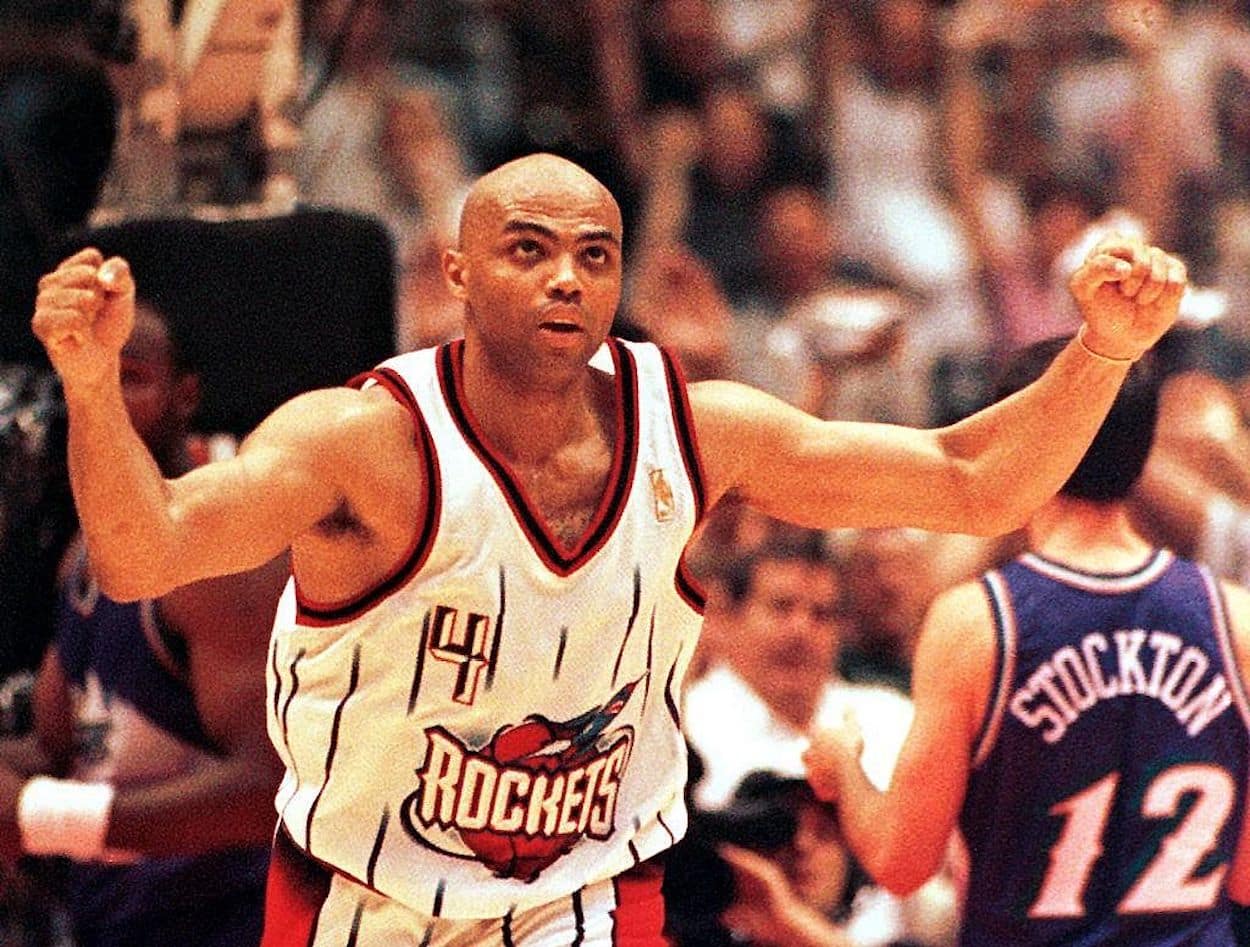
Whether you’re remembering Sir Charles as a player or thinking about his current work on TNT, it’s clear that the Auburn product does things his own way. That reality, it seems, even extended to his mastery of the art of rebounding.
As anyone who’s ever played youth basketball or attended a single summer camp can tell you, success under the basket often relies on boxing out. If the opposition can’t reach the ball, the rebound is yours. Barkley, for all his size and strength, thought differently.
“At night he would often go down to the court behind the projects to practice, spending hours rebounding different kinds of shots, acquiring a feel for where the ball was going to bounce,” Bruce Newman explained in a 1986 Sports Illustrated write-up. “What he never did learn, however, because he usually practiced alone, was the skill that most great rebounders consider paramount to their trade—the art of boxing out.”
Barkley, however, took things a step further. It wasn’t just that he didn’t master the craft; he didn’t believe in it.
“I basically don’t believe in boxing out,” Chuck explained. “The only thing that matters is getting the rebound, and if you watch the ball you’re going to get most of them.”
With all of that being said, though, the forward still knew how to use his body to his advantage. Within the very same story, Robert Parish is quoted as saying, “When he leans on you, it’s like being crushed by a trash compactor.”
Mychal Thompson also weighed in, making it sound like Sir Charles was boxing out, whether he meant to or not.
“You can’t move him because he’s got such a low center of gravity,” the then-Portland forward explained. “And by low center of gravity, I mean he’s got a big butt. He’s definitely got a butt that could win any big butt contest he enters.”
Testimony like that certainly speaks for itself.
Chuck’s quote does sound similar to Dennis Rodman, and their combined stats suggest there’s more than one way to rebound
If you’re a basketball purist, hearing Charles Barkley say he didn’t believe in boxing out may sound unfathomable. The forward, however, wasn’t completely alone. While Dennis Rodman didn’t go as far as Chuck, their methods do sound rather similar.
Despite his less-than-ideal reputation, The Worm was a true artist when it came to rebounding. He knew shooters and studied the rotation of their shots, enabling him to watch the ball and know where it would land. From there, his strength and raw will to win would take over.
“Most of the time (Jordan’s) shots tend to come off to the right of the rim, no matter where he shoots it from, but I don’t just take that for granted,” Rodman explained. “I watch his shot in the air, and I can tell if it’s off-line to the left or short, and then I go where I think I need to be.”
Again, that sounds a bit unconventional, but both Rodman and Barkley have the stats to back it up. The two men claimed roughly 12,000 rebounds apiece, suggesting that they weren’t just bluffing or making up excuses to slack off at practice.
Beyond that, though, the two forwards also highlight a bigger point. In sports, it’s easy to default to doing things “the right way.” A good shooter always does “X.” If you’re defending, you have to do “Y.” When it comes time to rebound, you better box out, or you’re going to get benched.
While there’s a reason for that — when teaching, it’s logical to lean on a widely accepted method — that can’t be the only way to play. Being rigid crushes the creativity that sports (theoretically) allow to shine. Someone, for example, had to dunk, dribble between their legs, or, in this case, rebound without boxing out for the first time. That variety and ability to thrive based on your own unique talents should be celebrated, not beaten out of the game.
And, if nothing else, the numbers speak for themselves. Even if you’re the most conventional coach out there, it’s tough to argue with Charles Barkley and Dennis Rodman when it comes to rebounding.
Stats courtesy of Basketball-Reference.
